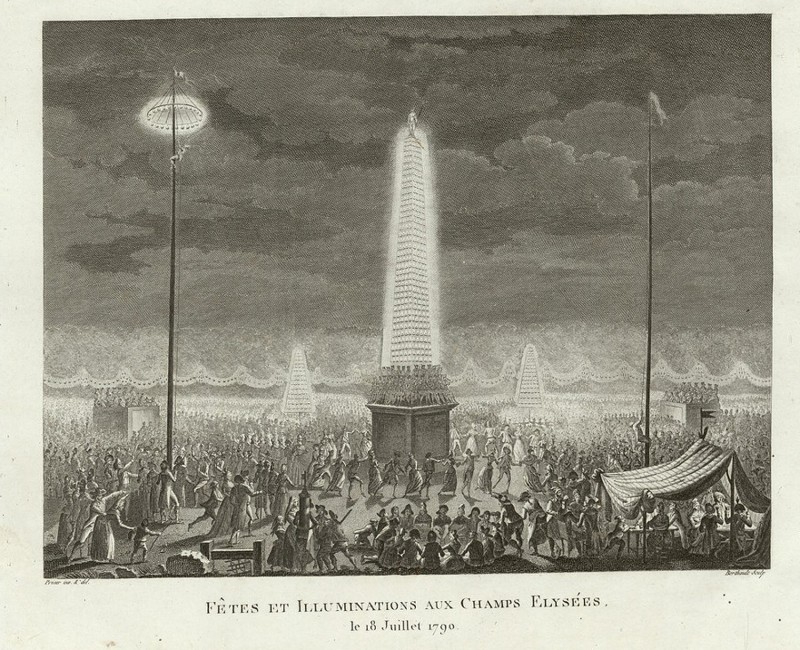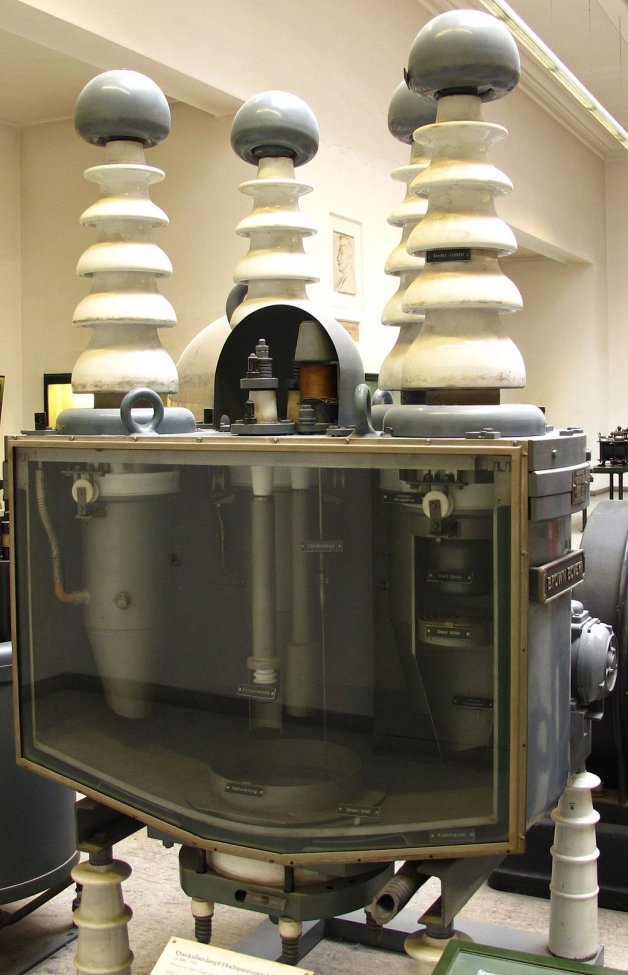It looks like you're using an Ad Blocker.
Please white-list or disable AboveTopSecret.com in your ad-blocking tool.
Thank you.
Some features of ATS will be disabled while you continue to use an ad-blocker.
share:
a reply to: ignorant_ape
here is a 12v 300amp hour battery, there are probably better ones out there.
and your " 300000 mah " solar panel - ROLFLMAO you really believe chines spec claims ?????????????? thats 300 amps
here is a 12v 300amp hour battery, there are probably better ones out there.
POWER & ENERGY THE ELECTRIC ADVANTAGE
Nominal Voltage 12.8V,
Charge Voltage 14.4V - 14.6V ,Cold Cranking Amps / Peak Discharge (5 Sec), 3000A Continuous Charge / Discharge Rate,100A Capacity (amp hours), 324AH Capacity (watt hours)>38TECHNOLOGY
ADVANTAGE
Usable Capacity (AH) 324AH
Depth of Discharge 100% DOD
Reserve Minutes @ 20A 900 min
Self Discharge
a reply to: ignorant_ape
for some reason i can't post this in my last post.
the battery
12V 300AH LITHIUM ION BATTERY
solar powered street lights, again there are probably better out these are just quick. click spec sheet button, warning opens a pdf on second page if you want the full list.
Solar LED Dusk To Dawn Light for Residential and Commercial Use - Choose Your Wattage and Output
as i said there are probably better out there. this one last 10 hrs on full bright mode or 35 hrs on dim mode.
from description page. bold mine
for some reason i can't post this in my last post.
the battery
12V 300AH LITHIUM ION BATTERY
solar powered street lights, again there are probably better out these are just quick. click spec sheet button, warning opens a pdf on second page if you want the full list.
Solar LED Dusk To Dawn Light for Residential and Commercial Use - Choose Your Wattage and Output
as i said there are probably better out there. this one last 10 hrs on full bright mode or 35 hrs on dim mode.
from description page. bold mine
Order the Solar LED Street Lights today for a modern, efficient LED light that only powers up when required, providing security to your home or business premises at an affordable cost. 3 to 5 NIGHTS CONTINUOUS CHARGE: built-in 8800mAh large capacity lithium battery. On a full charge, the battery lasts for about 8-10 hours in bright mode, and rated for >35 hours of use in dim mode.
edit on 13-11-2019 by hounddoghowlie because: (no reason given)
a reply to: mikell
here is a article that you don't have to subscribe for.
San Diego Installs Smart Streetlights to Monitor the Metropolis
here is a article that you don't have to subscribe for.
San Diego Installs Smart Streetlights to Monitor the Metropolis
originally posted by: ignorant_ape
a reply to: stonerwilliam
the UK is not africa .
and your " 300000 mah " solar panel - ROLFLMAO
you really believe chines spec claims ??????????????
thats 300 amps
FFS
now specs and costs - using real figures [/quote
True bud Africa has a better cell reception that most of the Uk ,Rather than me bore you with how i would go cheap with easily got pieces on ebay
Let me show you how they did it in the past
No wires ? just the odd dash of Mercury needed
Ps i have Dementia so doing a task can take days and when your computer goes awol and resets it can take a age to respond
originally posted by: Phage
a reply to: stonerwilliam
These devices look like street lights but they are on all day and when they emit 5g they attract flying insects (pollinators) and fry them all.
On all day? Really?
Lights do tend to attract insects. But, really?
That's awesome. Way better than an old fashioned bug zapper.
Some places report a 90% decline in bugs before all this new wizardry is introduced and the 5g reports of dead birds from Europe are going to get the rest of those pesky flying things .
O happy days
www.theguardian.com...
edit on 13/11/2019 by
stonerwilliam because: (no reason given)
a reply to: stonerwilliam
So what does it have to do with this wizardry.
Some places report a 90% decline in bugs before all this new wizardry is introduced
Which reports would that be?
5g reports of dead birds from Europe
edit on 11/15/2019 by Phage because: (no reason given)
originally posted by: Phage
a reply to: stonerwilliam
So what does it have to do with this wizardry.
Some places report a 90% decline in bugs before all this new wizardry is introduced
Which reports would that be?
5g reports of dead birds from Europe
www.captain-planet.net...
patriots4truth.org...
a reply to: stonerwilliam
I doubt that guy can even sleep at night - being surrounded by so many evil DEW weapons n all
Maybe it's an act but he's convincing me he knows nothing about electronics.
I doubt that guy can even sleep at night - being surrounded by so many evil DEW weapons n all
Maybe it's an act but he's convincing me he knows nothing about electronics.
Yip i can confirm that every where i look in my local area is now the new led lights , and the local council is always moaning they have no money for
anything as in repairs to houses , they found it for the lighting
Bombshell: Fauci’s NIH Study Reveals 5G Tecnology Can Produce Coronavirus In Human Cells
www.dcclothesline.com...
Interesting piece
www.docdroid.net...
Bill & Melinda Gates Foundation, as new research funded by the organization has developed a way to deliberately destroy sperm using ultrasound technology. BBC News reports that the Gates Foundation awarded a grant to researchers from the University of North Carolina (UNC) to develop this new method of contraception.
For their study, the UNC team tested ultrasound on lab rats and found that two 15-minute doses "significantly reduced" both sperm counts and sperm integrity. When administered two days apart through warm salt water, ultrasound caused the rats' sperm counts to drop below ten million sperm per milliliter, which is five million less than the "sub-fertile" range, and stay that way for up to six months.
www.naturalnews.com...
www.dcclothesline.com...
Interesting piece
www.docdroid.net...
Bill & Melinda Gates Foundation, as new research funded by the organization has developed a way to deliberately destroy sperm using ultrasound technology. BBC News reports that the Gates Foundation awarded a grant to researchers from the University of North Carolina (UNC) to develop this new method of contraception.
For their study, the UNC team tested ultrasound on lab rats and found that two 15-minute doses "significantly reduced" both sperm counts and sperm integrity. When administered two days apart through warm salt water, ultrasound caused the rats' sperm counts to drop below ten million sperm per milliliter, which is five million less than the "sub-fertile" range, and stay that way for up to six months.
www.naturalnews.com...
originally posted by: Pilgrum
a reply to: stonerwilliam
My personal opinion from an electrical/electronic engineering standpoint on this video - he left his alfoil hat off for too long.
It's just a streetlight with wireless control to switch it on & off from a central point rather than the more typical (once at least) LDR mounted on top of the fitting. The electronics he's so suspicious of is simply a robust buck converter for the LEDs.
The wireless control allows more flexible operation IE the lights can all be switched on in daylight over the 'net to allow a periodic check for faulty lamps to save crews driving around at night. They could also be switched off at night if there's a requirement for that like reducing demand. Normally a central light level sensor controls the lights (used to be 2 lumens per square foot was the point at which lights were switched on) but that requires a separate switched conductor for the lighting. Lights with individual LDRs are inconsistent in the point they switch on so this system solves all the problems and saves costs at the same time.
IE less demand, no extra wiring, uniform switching, remote override capability, longer lifetime
Spot on.
We started replacing all the light poles on our campus last week with bright, shiny LEDs. They’re bright enough that we’re removing the wall packs from the buildings because they won’t be necessary. We’re still waiting on word from the city in regards to dimming during off-hours, but yeah, that’s pretty much the deal with the wireless control. It’s going to allow me to run with along with an already existing building management system so I can sit here on my couch at home and operate everything remotely as I already do with door locks and HVAC.
originally posted by: Drucifer
originally posted by: Pilgrum
a reply to: stonerwilliam
My personal opinion from an electrical/electronic engineering standpoint on this video - he left his alfoil hat off for too long.
It's just a streetlight with wireless control to switch it on & off from a central point rather than the more typical (once at least) LDR mounted on top of the fitting. The electronics he's so suspicious of is simply a robust buck converter for the LEDs.
The wireless control allows more flexible operation IE the lights can all be switched on in daylight over the 'net to allow a periodic check for faulty lamps to save crews driving around at night. They could also be switched off at night if there's a requirement for that like reducing demand. Normally a central light level sensor controls the lights (used to be 2 lumens per square foot was the point at which lights were switched on) but that requires a separate switched conductor for the lighting. Lights with individual LDRs are inconsistent in the point they switch on so this system solves all the problems and saves costs at the same time.
IE less demand, no extra wiring, uniform switching, remote override capability, longer lifetime
Spot on.
We started replacing all the light poles on our campus last week with bright, shiny LEDs. They’re bright enough that we’re removing the wall packs from the buildings because they won’t be necessary. We’re still waiting on word from the city in regards to dimming during off-hours, but yeah, that’s pretty much the deal with the wireless control. It’s going to allow me to run with along with an already existing building management system so I can sit here on my couch at home and operate everything remotely as I already do with door locks and HVAC.
You could also track everyone with a phone and zap them when they get near a light and who would know anything , see my above post ! and get AI to do the dirty work with camera resolutions down to 1 cm from a satellite it makes the Argus drone look old school
originally posted by: stonerwilliam
originally posted by: Drucifer
originally posted by: Pilgrum
a reply to: stonerwilliam
My personal opinion from an electrical/electronic engineering standpoint on this video - he left his alfoil hat off for too long.
It's just a streetlight with wireless control to switch it on & off from a central point rather than the more typical (once at least) LDR mounted on top of the fitting. The electronics he's so suspicious of is simply a robust buck converter for the LEDs.
The wireless control allows more flexible operation IE the lights can all be switched on in daylight over the 'net to allow a periodic check for faulty lamps to save crews driving around at night. They could also be switched off at night if there's a requirement for that like reducing demand. Normally a central light level sensor controls the lights (used to be 2 lumens per square foot was the point at which lights were switched on) but that requires a separate switched conductor for the lighting. Lights with individual LDRs are inconsistent in the point they switch on so this system solves all the problems and saves costs at the same time.
IE less demand, no extra wiring, uniform switching, remote override capability, longer lifetime
Spot on.
We started replacing all the light poles on our campus last week with bright, shiny LEDs. They’re bright enough that we’re removing the wall packs from the buildings because they won’t be necessary. We’re still waiting on word from the city in regards to dimming during off-hours, but yeah, that’s pretty much the deal with the wireless control. It’s going to allow me to run with along with an already existing building management system so I can sit here on my couch at home and operate everything remotely as I already do with door locks and HVAC.
You could also track everyone with a phone and zap them when they get near a light and who would know anything , see my above post ! and get AI to do the dirty work with camera resolutions down to 1 cm from a satellite it makes the Argus drone look old school
Might be tricky getting that feature added into the building management system, but if I can get a huge chiller system programmed into it, I’ve got faith!
edit on 28-7-2020 by Drucifer because: (no reason given)
a reply to: Drucifer
Where i live in the Uk this street lights were of utmost importance around a half built school !
Everyone was off work and the police were forcing people to go back home a 5 mile curfew was in place , yet street lights were being installed and replaced not far from my house at a new school ? begs the question why the hurry
Where i live in the Uk this street lights were of utmost importance around a half built school !
Everyone was off work and the police were forcing people to go back home a 5 mile curfew was in place , yet street lights were being installed and replaced not far from my house at a new school ? begs the question why the hurry
new topics
-
This should be plastered all over the airwaves
Mainstream News: 3 hours ago -
Oh, Good Gosh. “Kremlin Warns Stay Away from Greenland.”
World War Three: 5 hours ago -
Archbisop Vigano Warns of Deep State and Deep Church
New World Order: 5 hours ago -
A Flash of Beauty: Bigfoot Revealed ( documentary )
Cryptozoology: 11 hours ago
top topics
-
This should be plastered all over the airwaves
Mainstream News: 3 hours ago, 12 flags -
Fire insurance in LA withdrawn months ago
General Conspiracies: 13 hours ago, 9 flags -
Oh, Good Gosh. “Kremlin Warns Stay Away from Greenland.”
World War Three: 5 hours ago, 9 flags -
A Flash of Beauty: Bigfoot Revealed ( documentary )
Cryptozoology: 11 hours ago, 7 flags -
Archbisop Vigano Warns of Deep State and Deep Church
New World Order: 5 hours ago, 7 flags
active topics
-
To become president, Zelensky had to learn Ukrainian
Political Conspiracies • 38 • : Imhere -
-@TH3WH17ERABB17- -Q- ---TIME TO SHOW THE WORLD--- -Part- --44--
Dissecting Disinformation • 3983 • : IndieA -
Los Angeles brush fires latest: 2 blazes threaten structures, prompt evacuations
Mainstream News • 327 • : Oldcarpy2 -
A Flash of Beauty: Bigfoot Revealed ( documentary )
Cryptozoology • 6 • : CarlLaFong -
This should be plastered all over the airwaves
Mainstream News • 23 • : marg6043 -
Oh, Good Gosh. “Kremlin Warns Stay Away from Greenland.”
World War Three • 12 • : Boomer1947 -
Dr. Demento
Music • 13 • : mysterioustranger -
The Acronym Game .. Pt.4
General Chit Chat • 1041 • : JJproductions -
Judge rules president-elect Donald Trump must be sentenced in 'hush money' trial
US Political Madness • 91 • : Vermilion -
Fire insurance in LA withdrawn months ago
General Conspiracies • 31 • : Springbok







